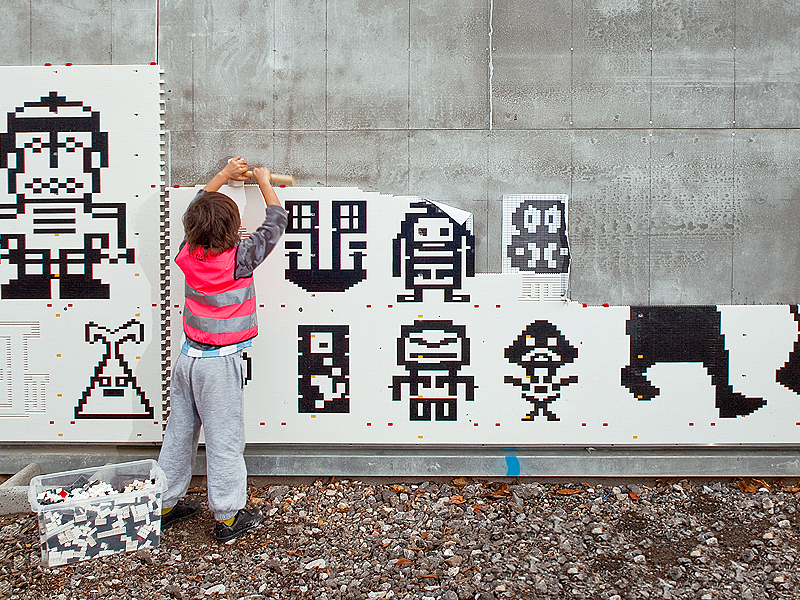
TEN TOOLS FOR DESIGN THINKING
1. Visualization is about using images. It’s not about drawing; it’s about visual thinking. It pushes us beyond using words or language alone. It is a way of unlocking a different part of our brains that allows us to think nonverbally and that managers might not normally use.
2. Journey mapping (or experience mapping) is an ethnographic research method that focuses on tracing the customer’s “journey” as he or she interacts with an organization while in the process of receiving a service, with special attention to emotional highs and lows. Experience mapping is used with the objective of identifying needs that customers are often unable to articulate.
3. Value chain analysis examines how an organization interacts with value chain partners to produce, market, and distribute new offerings. Analysis of the value chain offers ways to create better value for customers along the chain and uncovers important clues about partners’ capabilities and intentions.
4. Mind mapping is used to represent how ideas or other items are linked to a central idea and to each other. Mind maps are used to generate, visualize, structure, and classify ideas to look for patterns and insights that provide key design criteria.
5. Rapid concept development assists us in generating hypotheses about potential new business opportunities.
6. Assumption testing focuses on identifying assumptions underlying the attractiveness of a new business idea and using available data to assess the likelihood that these assumptions will turn out to be true. These assumptions are then tested through thought experiments, followed by field experiments, which subject new concepts to four tests: value creation, execution, scalability, and defensibility.
7. Prototyping techniques allow us to make abstract new ideas tangible to potential partners and customers. These include storyboarding, user scenarios, experience journeys, and business concept illustrations — all of which encourage deep involvement by important stakeholders to provide feedback.
8. Customer co-creation incorporates techniques that allow managers to engage a customer while in the process of generating and developing new business ideas of mutual interest. They are among the most value-enhancing, risk-reducing approaches to growth and innovation.
9. Learning launches are designed to test the key underlying value-generating assumptions of a potential new-growth initiative in the marketplace. In contrast to a full new-product rollout, a learning launch is a learning experiment conducted quickly and inexpensively to gather market-driven data.
10. Storytelling is exactly how it sounds: weaving together a story rather than just making a series of points. It is a close relative of visualization—another way to make new ideas feel real and compelling. Visual storytelling is actually the most compelling type of story. All good presentations—whether analytical or design-oriented — tell a persuasive story.




